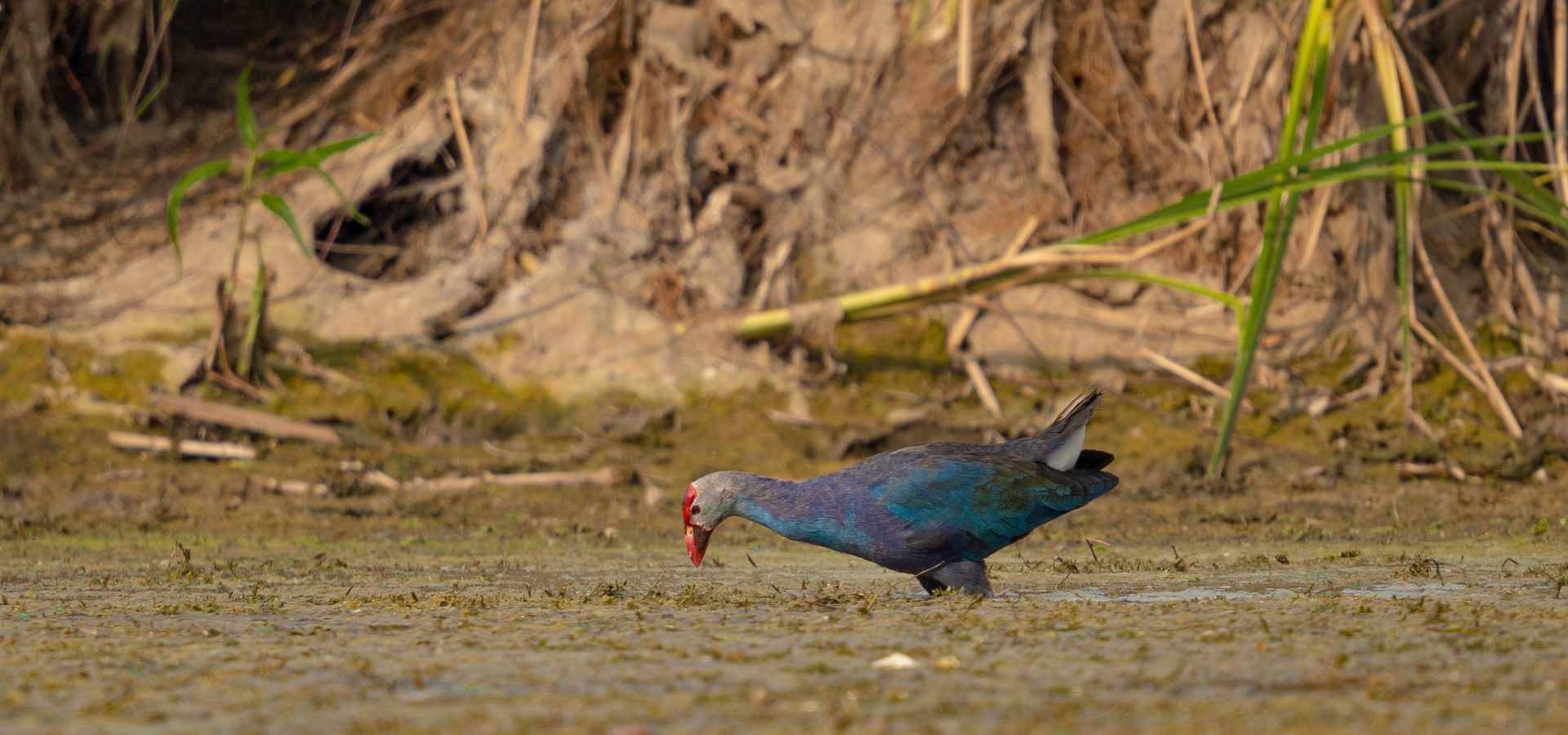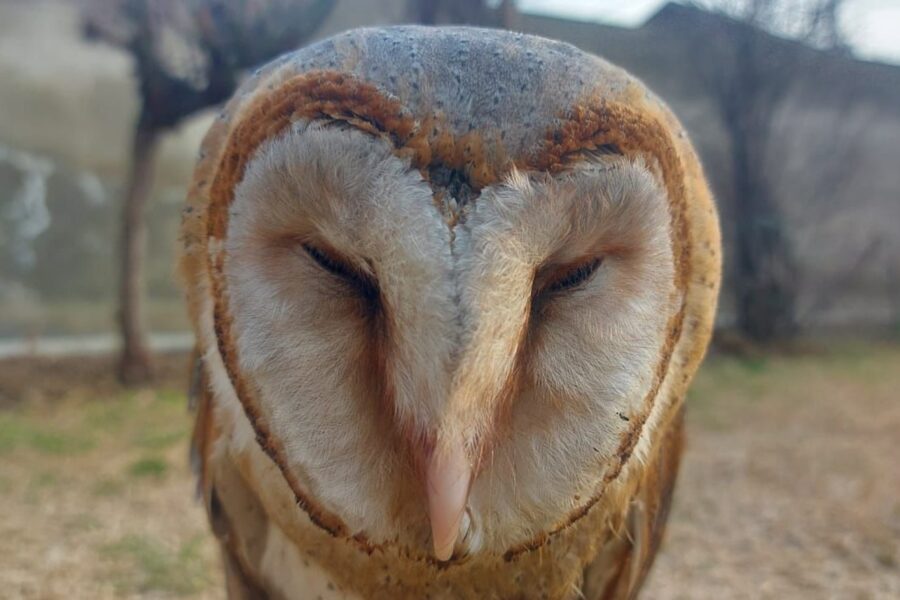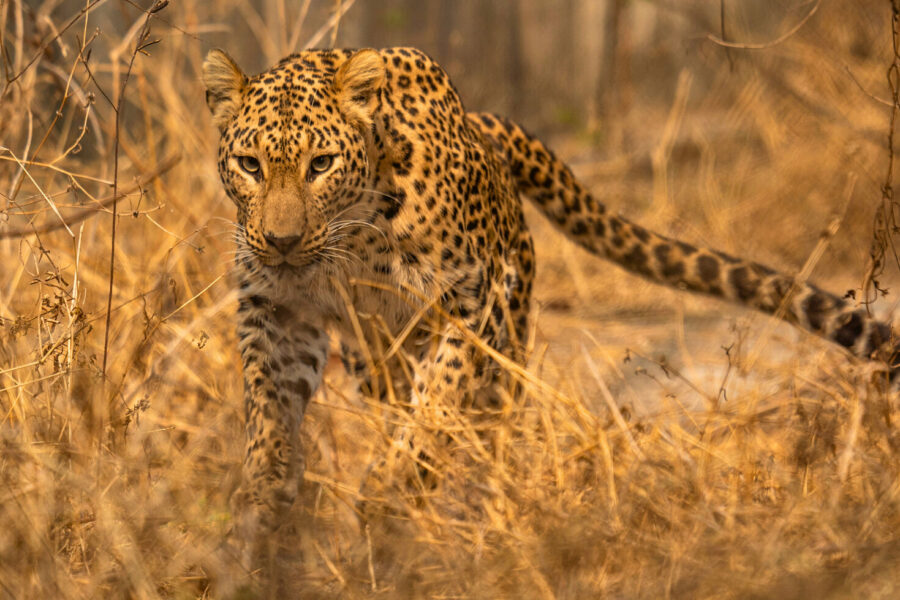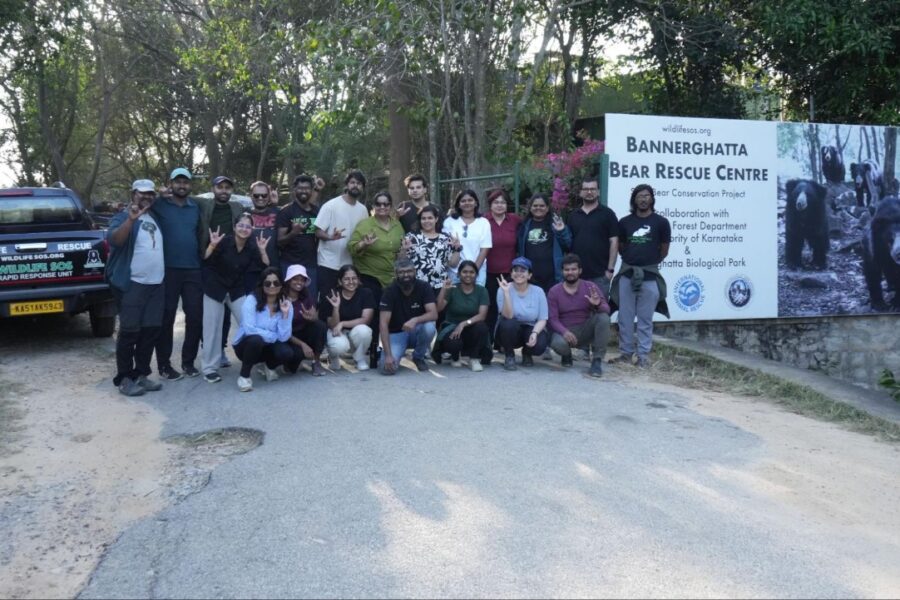Remember the deluge Delhi faced last year? It’s still fresh in our memories. The incessant rainfall and subsequent flooding in Delhi-NCR displaced wild animals, forcing them out of their natural habitats and into urban areas in search of refuge. It also brought a halt to the lives of its human residents too. It was not just last year, this year too, Delhi went from extreme of the spectrum to the other extreme in a matter of hours.
This year recorded record-shattering hot temperatures, and from there it transitioned into unprecedented rainfall. The Safdarjung weather station recorded 153.7 mm of rainfall with visuals of cars submerged in water in the flooded streets, brought about by the heavy downpour. However, there is a reason behind such sudden and drastic changes in the situation of the flood-affected city and it is connected to a crucial ecosystem. Delhi’s flooding can be majorly attributed to a history of encroachment and the city’s neglected wetlands.
A wetland is usually permanently or seasonally inundated with freshwater and saltwater, and holds tremendous microbial and faunal diversity. Delhi is home to over 1,040 wetlands, but not a single one has been officially notified yet. The woes and miseries are worsened due to further encroachment of the Yamuna floodplains by human settlements and infrastructure, making the city flood-prone.
The Wetland Situation in the Capital
While experts pointed to the improvement of the city’s drainage system, the central figure in this battle is Delhi’s wetlands. Wetlands deter flood and are conducive for urban infrastructure, as they help the river drain water naturally. And the biggest wetland of Delhi? Well no prizes for guessing, it’s the Yamuna floodplain.
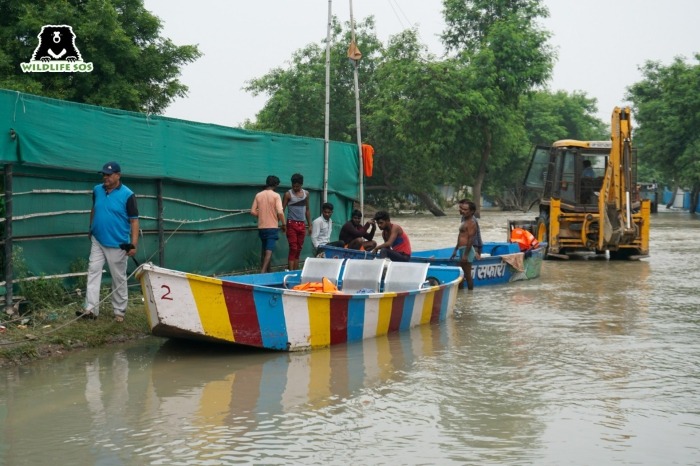
A little bit from school’s geography lessons to jog our memory: floodplains are flat areas of land next to a river, stream or any flowing water body. Therefore, the hyper-urbanisation of the concrete jungle is contributing more and more to encroachment of natural spaces which hold the potential to mitigate floods.
One paper titled ‘Geospatial Analysis of Land Use and Land Cover Dynamics and its Impact on Urban Wetland Ecosystems in Delhi NCR’ studied nine major wetlands. The objective of the research was to study the impact of land use and land changes on wetlands over a 20-year period, from 1998 to 2018. The analysis revealed that all wetlands were under threat due to aggressive infrastructural changes and expansion of built up areas.
Threats to Delhi’s Wetlands
Since more surface is being concretised and covered, it makes Delhi more flood-prone, in addition to increasing weather impacts that the city is not prepared for. Excessive water being discharged from a nearby barrage named Hathnikund, along with a primitive drainage system and heavy rainfall were some of the immediate triggers for the flooding. But encroachment of the wetlands and floodplain are leading to much more long-lasting impacts.

While discharge of water from the barrage may be attributed to the flooding, historical records indicate that much larger amounts of water were released in 1978 and 1981. However, water levels due to flooding never reached a scale similar to 2023. Experts believe it to be more due to factors within the city such as obstruction in Yamuna’s natural flow and destruction of water bodies.
What is even more shocking after a deluge of such enormous magnitude, is that the city is still awaiting its first ever legally protected wetland. Lack of legal declaration and protection not only make it tedious to protect these natural ecosystems and habitats, but it also leaves the wetlands more vulnerable to encroachment by humans.
All Hope is not Lost
Wetlands and waterbodies are crucial in flood prevention since they act as sponges that store and slowly release water. But all is not doom and gloom in the national capital as there are natural jewels that are silently and selflessly working to keep the climate, weather and ecosystem in balance. Places such as Sanjay Van, Asola Bhatti Wildlife Sanctuary, Yamuna Biodiversity Park and Okhla Bird Sanctuary are nature’s frontline workers and first responders to any large scale natural event occurring in the city.
The Yamuna Biodiversity Park (YBP) is a forest covering an area of roughly 457 acres. It was a degraded land that was restored and rewilded by the Delhi Development Authority (DDA). Two wetlands – replicating natural water bodies – have been created inside YBP. These wetlands not only perform ecological functions like creation of the aquatic communities of interdependent plant and animal species, but also provide other services including water purification, aquifer recharge, prevention of rainwater runoff and floods. Additionally, an estimated 5,000 migratory ducks flock to this place in the winter season.
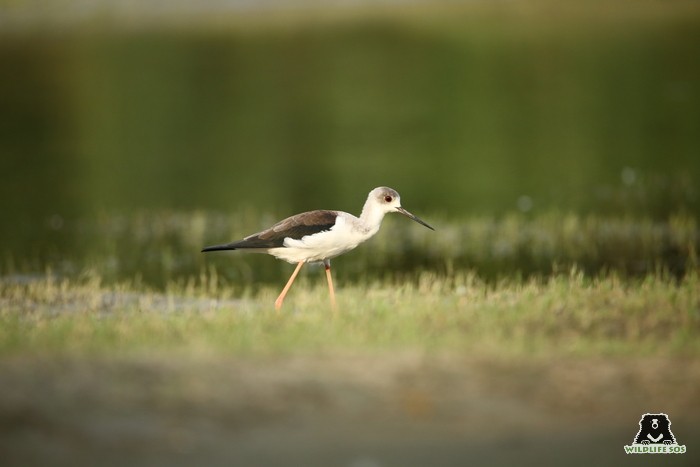
The Okhla Bird Sanctuary located in Noida is another wetland, measuring approximately 4 sq km in area and is well known for its rich avian diversity. The sanctuary is home to over 320 bird species, including 20 resident and 43 migratory waterbird species, and 44 resident and 26 migratory woodland bird species. Given the rich biodiversity of plants, animals and microbes that reside in these wetlands, they act as ecologically sustainable biotic communities. These communities can further provide various ecosystem services such as carbon sequestration and regulation of microclimate.
Intervention from Wildlife SOS
Given how important wildlife is to the survival of wetlands, the interdependence between plants, and animals, and their habitat is crucial for their sustenance. To this end, Wildlife SOS ensures that biodiversity loss in Delhi-NCR is mitigated through its vital rescue operations.
During last year’s floods, Wildlife SOS and its sister organisation Friendicoes rose above the challenge and rescued numerous animals. Braving the treacherous flood waters, the Wildlife SOS team rescued nearly 200 animals from the national capital region. These included over 100 reptiles, more than 50 birds and close to 20 mammals. The birds included mynas, green pigeons, parakeets, and doves, whereas the mammals consisted of nilgai, squirrel and rhesus macaque. Indian cobra, Indian wolf snake, Black-headed royal snake, Indian rat snake, checkered keelback, and Bengal monitor lizard encompassed the rescued reptile species.
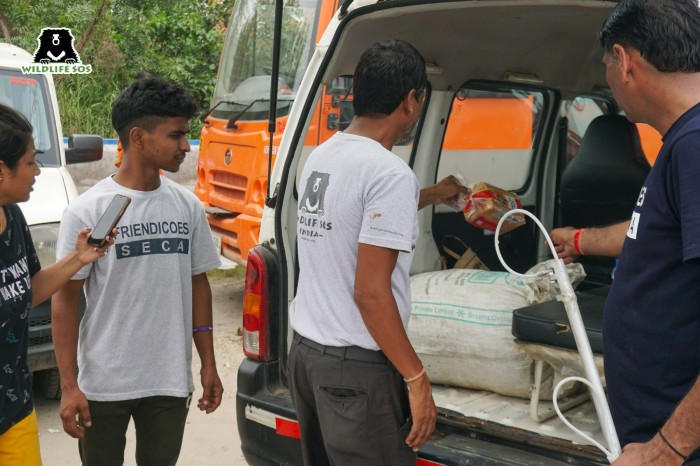
For the city’s biodiversity to flourish, rescuing wild animals in and around Delhi will continue to remain a requirement. But to sustain the manpower needed for the task, we need support from thoughtful citizens. To support our lifesaving work, one can become a monthly donor, and in turn see the city’s wildlife doing their work in maintaining nature’s balance.

